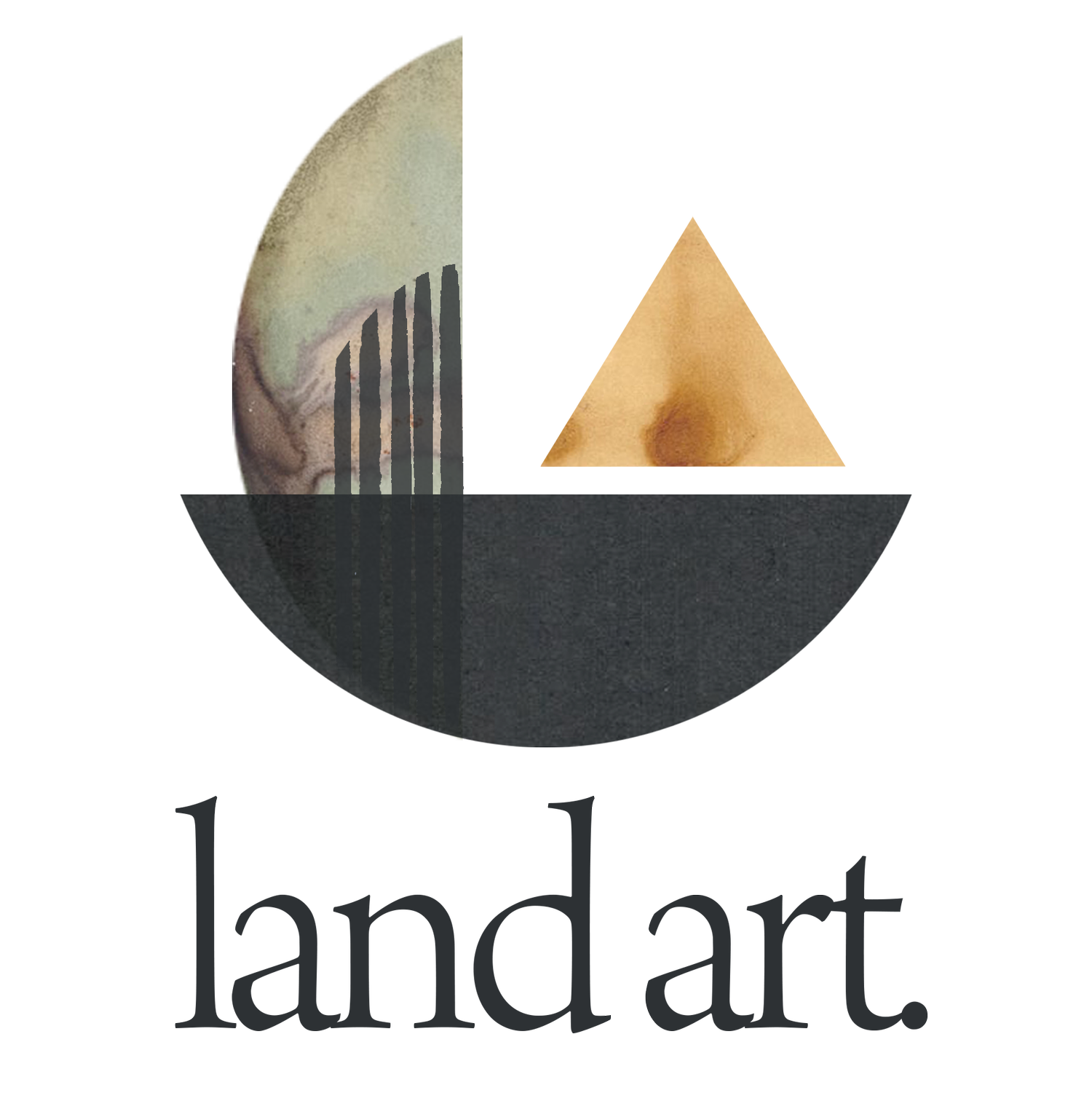
Suminagashi
Japanese Marbling
Join artist Natalie Stopka in this form of Japanese printmaking.
Japanese marbling is a form of printmaking which utilizes sumi ink to capture invisible air and water currents in motion. Students in this virtual workshop will learn to create suminagashi monotypes in collaboration with fluid mechanics, resulting in organic designs with a strong visual link to natural phenomena.
£40
All sessions are recorded and made available for a week following the course.
This also includes times for any feedback questions.

IN A 2 HOUR LIVE SESSION:
-
Learn
Our class session will delve into this millennium-old craft with a demonstration of marbling techniques, followed by time for participants to experiment with printing on paper and fabric.
Together we’ll explore fluid flow, release of control as a creative strategy, and the beauty of imperfection.
-

Tools
Tray (1-2” deep, approximately 10x12” minimum)
2 x Sumi calligraphy brushes
2 x Small jar or dish
Drop cloth
Drying rack or line
*Note: liquid sumi ink contains a synthetic binder. If 100% natural ingredients are important to your practice, you may use a sumi ink stick and grinding stone instead.
-

Materials
Sumi ink* (Yasutomo or Kuretake brand liquid ink recommended), or ink stick and grinding stone
Dish soap (hypoallergenic & fragrance-free, such as - Dawn or Seventh Generation)
25 g - Alum (aluminum sulfate)
1 gallon Spring or distilled water
Washi paper - 10-20 pieces trimmed to fit within your tray (masa, hosho, or kozo recommended)
1/2-1 yard Cotton, linen, or silk, (pre-washed without fragrance or fabric softener)
Paper towels
-

Optional Extras
Construction paper or newsprint for test prints
Gloves and/or apron
Isopropyl alcohol or sake
Series Feedback
Workshop
Host
Natalie Stopka
Natalie Stopka is a New York based artist and educator focused on the material history of color. She captures material and elemental interactions in her collaborative, experimental art practice.
‘I lead courses on surface design techniques and the material history of color. Topics include natural dyeing, lake pigments, fabric and paper marbling, and color theory, among others. My goal is to foster embodied material knowledge, acknowledge our ecological and historical entanglement with place, and encourage prefigurative creative expression that enacts ethical culture. I believe that working closely with natural materials draws us into relationship and respect, opening new possibilities of collaboration and shared expression.’


